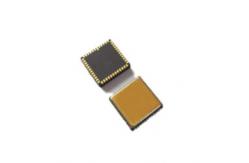MEMS Gyro Chips Fiber Optic Gyro PCB for High Precision Navigation
|
|
MEMS Gyro Chips Fiber Optic Gyro PCB for High Precision Navigation
PCB design: The decoupling capacitors for pins VCP, VREF, VBUF, and VREG should be placed as close to the pins as possible, and the equivalent resistance of the traces should be minimized. The other ends of the decoupling capacitors for VREF, VBUF, and VREG are connected to the nearest AVSS _ LN and then to signal ground via a magnetic bead. The decoupling capacitors for VCC and VIO are also placed close to the corresponding pins. When VCC is in normal operation, the overall current will be about 35 mA, which requires a wide PCB trace to ensure voltage stability. For smooth assembly of the device, try to avoid routing under the package. Locate components to avoid areas of stress concentration. It is necessary to avoid large heat dissipation elements and areas with external mechanical contact, extrusion and pulling, as well as areas where positioning screws are prone to warping during overall installation.
About product
Installation
High-performance MEMS gyroscope is a high-precision test equipment. In order to achieve the best effect of design, it is recommended to consider the following aspects when installing the device on the PCB board: 1. In order to evaluate and optimize the placement of the sensor on the PCB, it is recommended to consider the following aspects and use additional tools during the design phase: On the thermal side; For mechanical stress: bending measurement and/or finite element simulation; Robustness to impact: After the PCB of the target application has been soldered in the recommended manner, a drop test is performed. 2. It is recommended to maintain a reasonable distance between the mounting position of the sensor on the PCB and the key points described below (the exact value of "reasonable distance" depends on many customer-specific variables and must therefore be determined on a case-by-case basis): It is generally recommended to keep the PCB thickness to a minimum (recommended: 1.6 ~ 2.0 mm), because the inherent stress of a thin PCB board is small; It is not recommended to place the sensor directly under the button or close to the button because of mechanical stress; It is not recommended to place the sensor near a very hot spot, such as a controller or graphics chip, as this can heat the PCB board and cause the temperature of the sensor to rise. |
||||||||||||||||||||||||||||||||||||||||||||||||||||||||||||||||||||||||||||||||||||||||||||||||||||||||||||||||||||||||||||||||||||||||||||||||||||||||||||||||||||||||||||||||||||||||||||||||||||||||||||||||||||||||||||||||||||||||||||||||
| Product Tags: High Precision Fiber Optic Gyro PCB MEMS Gyro Chips For Navigation | ||||||||||||||||||||||||||||||||||||||||||||||||||||||||||||||||||||||||||||||||||||||||||||||||||||||||||||||||||||||||||||||||||||||||||||||||||||||||||||||||||||||||||||||||||||||||||||||||||||||||||||||||||||||||||||||||||||||||||||||||
|
|
Fizoptika Vg1703 Replacement Silicon Photonic Integrated Fiber Optic Gyroscope Sensor |
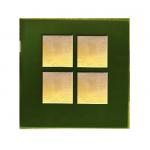
|
Low Drift High-Performance FOG Rate Sensor with Customized MEMS Gyro Chip |
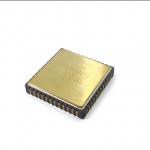
|
100hz PCB High Precise Gyro 24 Bits Output Accuracy Digital Spi |

|
Miniature Micro-Nano Fiber Optic Gyroscope Fizoptika VG091 FOG Sensor Manufacturer |
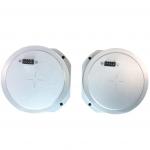
|
2025 New Temperature Compensated Fiber Optic Gyroscope Sensor for Oil Exploration VG910 |
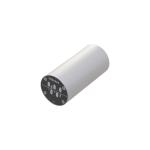
|
Single Axis Fiber Optic Gyroscope Inertial Sensor for Inertial Navigation System |

